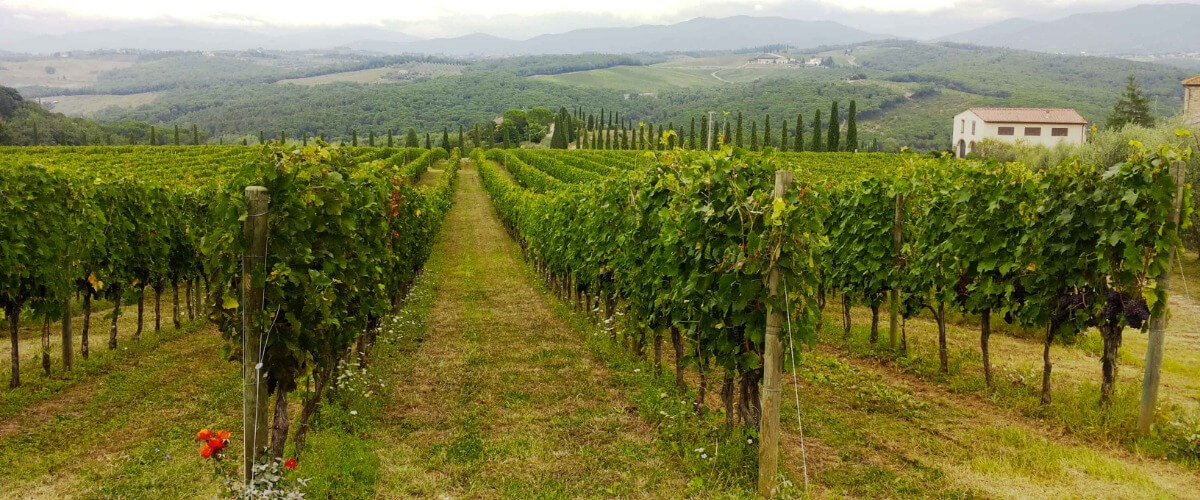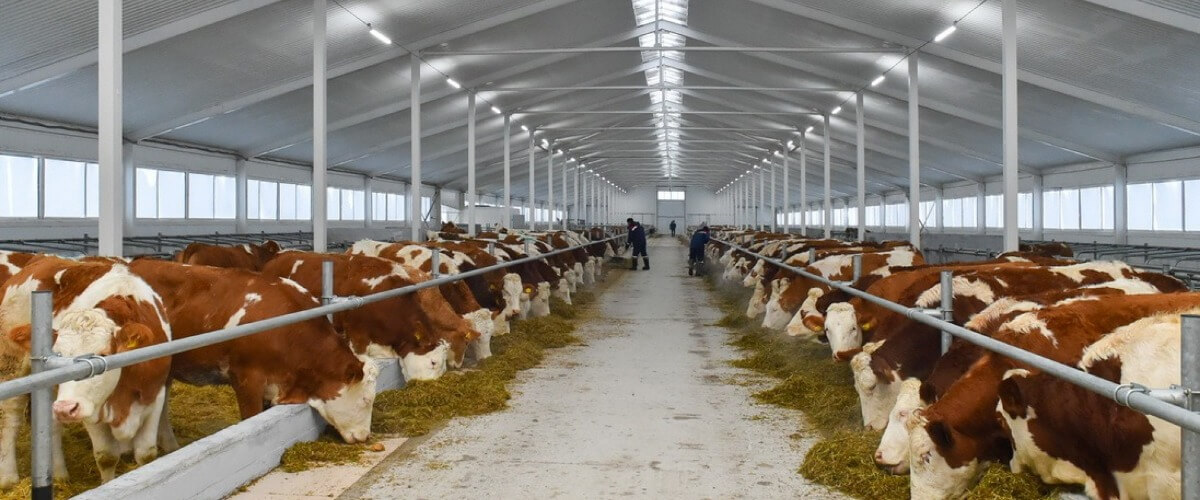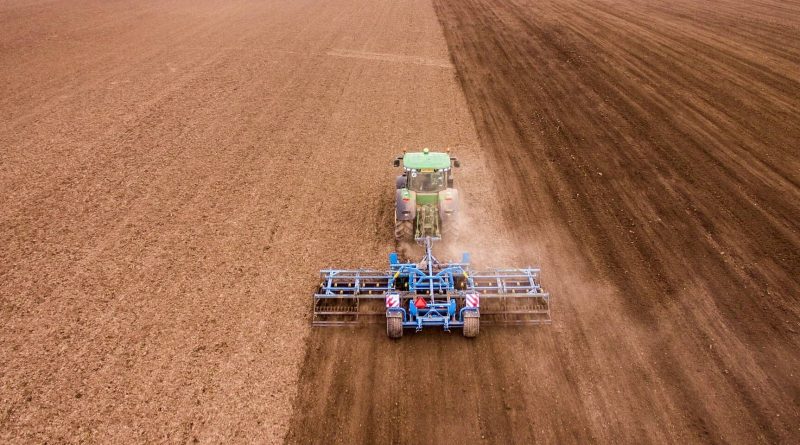Is Agricultural Construction In Europe A Good Investment?
Investing in European agricultural construction can provide several benefits, including increased profitability and productivity for farmers, improved environmental protection, and new employment opportunities.
In recent years, the European Union has implemented various policies to support the growth of agricultural production. These policies have helped to create a vibrant and prosperous agricultural sector. For example, the European Union has set up programs to provide subsidies and grants to farmers for construction projects, research, and development. Additionally, the EU has committed large amounts of funding to improve infrastructure and promote sustainable farming practices across member states.
The benefits of investing in agricultural construction in Europe go beyond just farmers. Environmental protection is one of the main goals of agricultural construction projects. By investing in new technologies, such as soil conservation techniques or efficient irrigation systems, farmers can reduce their environmental impact and operate more sustainably. In addition, it positively affects the wider environment by reducing pollution and protecting biodiversity.

Finally, agricultural construction can create new employment opportunities in rural areas. As farmers expand their operations, they will likely need more employees, creating jobs and adding to the local economy.
Which type of agriculture is most profitable in Europe?
It depends on the region and climate. Vineyards provide a profitable crop in countries with warm climates, such as Spain and Italy. Organic farming and dairy farming are very profitable in Northern European countries such as Denmark, Germany, and the Netherlands. These countries also have large markets for fresh produce and meat, making vegetable and fruit production lucrative. Arable farming is popular and profitable in the UK, where land is limited. Livestock farms are abundant throughout Europe, with sheep farming especially common in mountainous regions like Scotland, Ireland, and the Alps.
Another type of agriculture that has been growing in popularity across Europe is aquaculture, which involves raising fish, mollusks, and other marine species in tanks or ponds. Aquaculture can provide a steady income for many farmers and is often the most profitable form of agriculture in Europe.
What European country is the most suitable for agriculture?
It depends on various factors, including climate, terrain, soil types, access to water sources, and availability of agricultural inputs. However, some European countries have better overall agriculture conditions than others.

Countries with mild weather and ample rainfall are more suitable for various agricultural practices than those with colder climates or extreme weather.
The Netherlands is often cited as having Europe’s most suitable climate and terrain for agriculture. The country has a mild maritime climate, ample rainfall, and well-developed irrigation systems that ensure efficient water management. It also benefits from its flat terrain, which makes it easy to cultivate crops with modern machinery. Other countries such as France, Germany, and Italy have similarly favorable climates and terrain for agriculture.
In addition to climate and geography, European agricultural productivity also depends on soil fertility. Many European countries have high-quality soils that are naturally rich in nutrients. The Netherlands is again a standout example, as it has some of the most fertile soils in Europe. Other countries with excellent soil fertility for agricultural production include Poland, Germany, and the UK.

